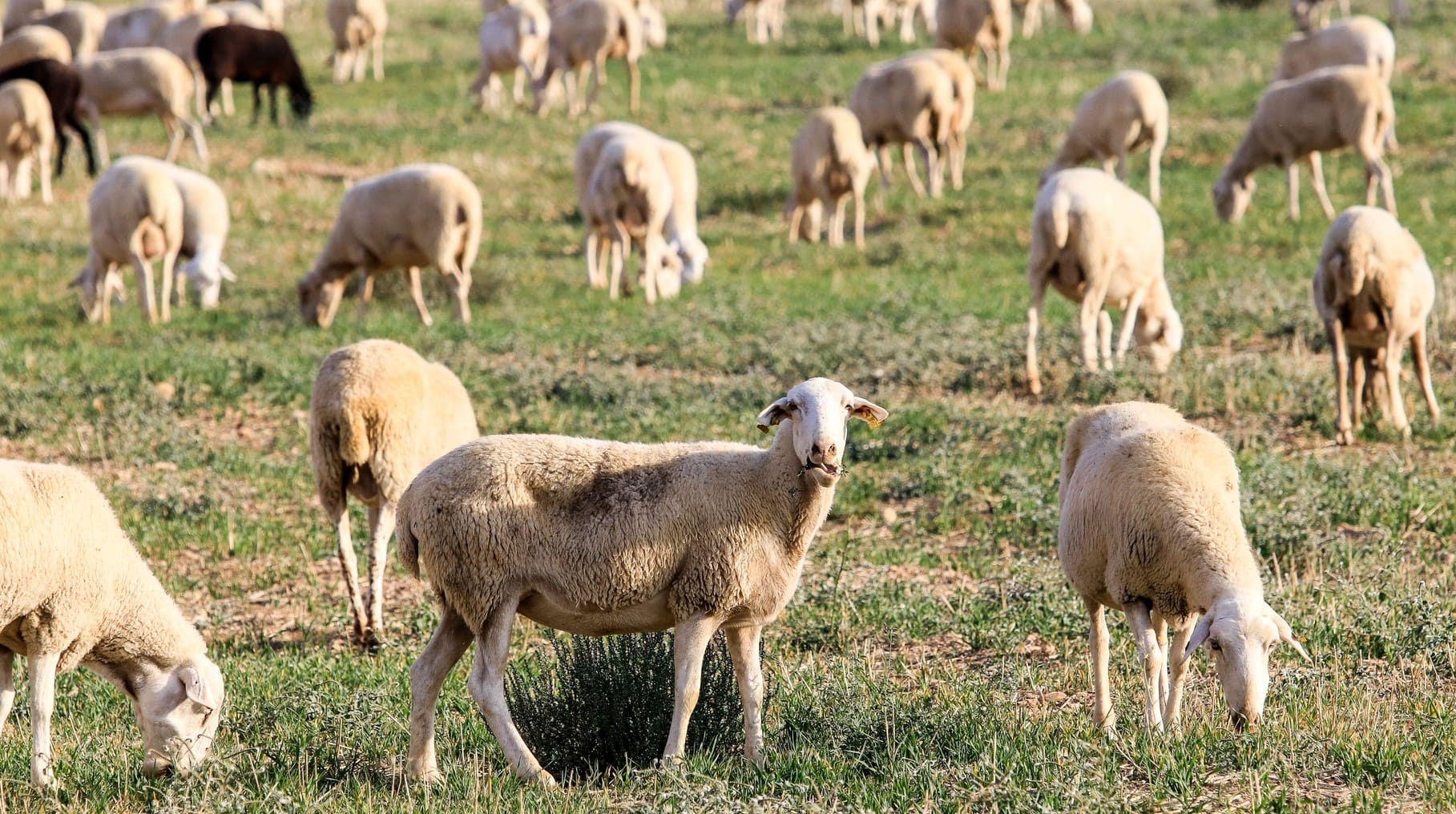There Regenerative grazing techniques such as WeideGedringt and strategic management of cattle are used. This includes leaving sufficient time for plants to recover between rotations of graze, and avoid envelope grazing In a single area.
It can also include Introduction of plant species that are beneficial for soil and biodiversityAnd the implementation of soil retention practices to prevent erosion and loss of nutrients. On the other hand, the reduction of antibiotics, pesticides or other chemicals that are harmful to biodiversity and preservation of the area is required.
Some advantages of Regenerative grazing includes greater productivity of meadows, a greater final climate resistanceAn improvement in water quality and an increase in biodiversity. It can also have a positive effect on the health and good cattle, with the installation of new infrastructure or with direct improvements to their health, and with the increase in meat and milk production.

The millennial grazing
The Regenerative Fund for the Nature of Conservation International has re -confirmed its dedication to the promotion of sustainable agricultural practices Back to the Global Nature Foundation (FGN) in its regenerative grazing work in Spain.
The cooperation, which will be renewed until 2028, has the main objective Promote the transition to practices that restore soils and ecosystems protect biodiversity And improve the livelihood of rural communities.
This support is part of the second part of Grazing Iberian for biodiversity, which includes more than 20,000 hectares in regions of Extremadura, Castilla-La Mancha, Castilla y León and Community Valenciana, In areas with a high ecological value that sustainable farmers require for conservation.
The Regenerative Fund for Nature, launched in 2021 with the first support of the Paris Fashion Company Kering, has financed projects that support producers of raw materials in the textile sector, Such as wool and leather in their efforts to protect ecosystems and improve the living conditions of communities. The fund has recently grown, which extends the ability to support innovative initiatives in agriculture and the regenerative cattle.
Global Nature applies and promotes extensive grazing
Global Nature is an entity that has worked on the preservation of nature and the promotion of sustainable agriculture, will concentrate on this Initiative are efforts in extensive shepherd farms, Caprino and cattle.
The entity next to supporting this traditional way of life that is about to disappear, the graze, will encourage regenerative practices that They improve animal welfare, retain the landscape, provide endangered species such as steppe birds and combat soil erosion.
In addition, succeeds in guaranteeing the viability of farms in depopulating places. To do this, other lines will also work, such as training and support for pastors and pastors to improve their self -supplying agents through better management and practices of graze, As well as through the exchange of knowledge through territorial networks and guidance of experts.
For three years, Global Nature will collaborate with pilot projects to promote regenerative practices. Specifically, Global Nature is confronted with the challenge of creating regenerative leather production chains, and for this he hopes to involve at least 20 farms and will encourage the commercialization and promotion of the end products, Offering training and strengthening the regenerative grazing network from the field Until the end product (such as bags, shoes or portfolios).
Advantages for nature
With this renewed collaboration, the Regenerative Fund for Nature and the Global Nature Foundation try the role of the Sustainable grazing as an important tool for maintaining the environment And rural development in Spain, but also works on improvements for nature that can be summarized in three important lines:
- Soil health improvement and water management: Increase the power of soil to abduct carbon, retain and filter water and improve other aspects of soil functionality. The availability and quality of water will also be evaluated in the project areas and farmers will be sensitized by training on soil health management.
- Protection and repair of biodiversity: Protection, repairing and improving biodiversity, including native species of plants and animals and their habitats, both in farms and in the surrounding landscape. The conversion or breakdown of natural ecosystems will be avoided and data from the pilot farms will be collected through a series of metrics developed by FGR to ensure that good regenerative practices improve biodiversity.
- Reduction of the use of synthetic agrochemical inputs: Reducing or eliminating the use of synthetic agrochemical inputs, so that practices are favored that promote natural processes. Each exploitation will be analyzed with the support of experts to reduce the amount of used chemicals, originating from programmed treatments according to need -based treatments and, where possible, use more natural options.

